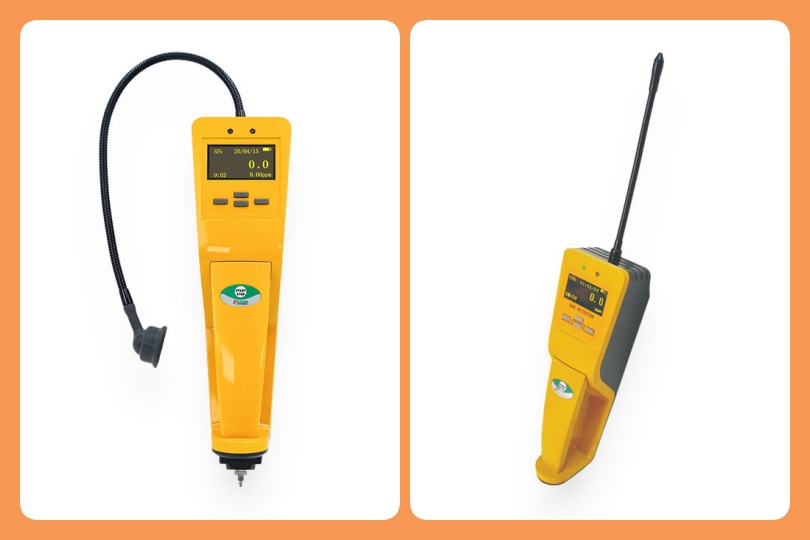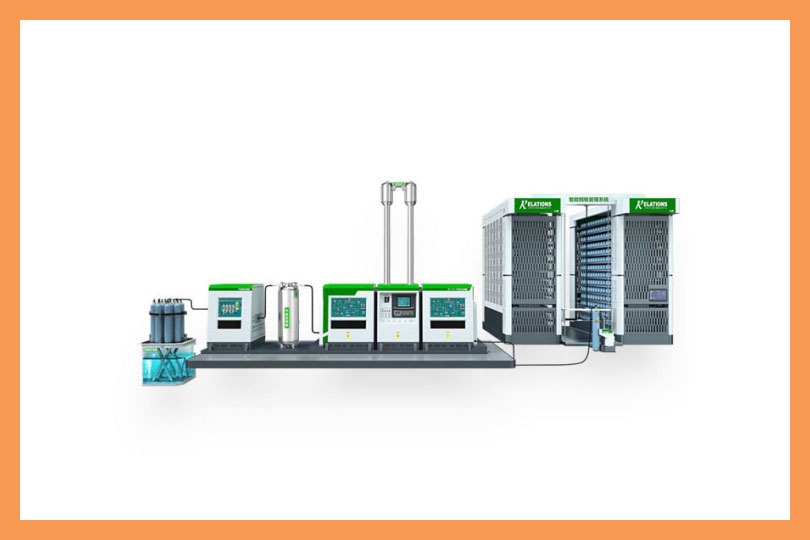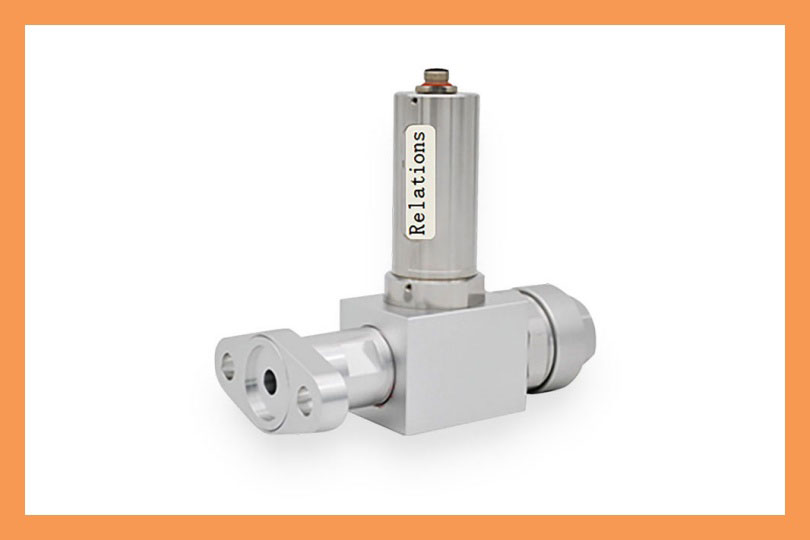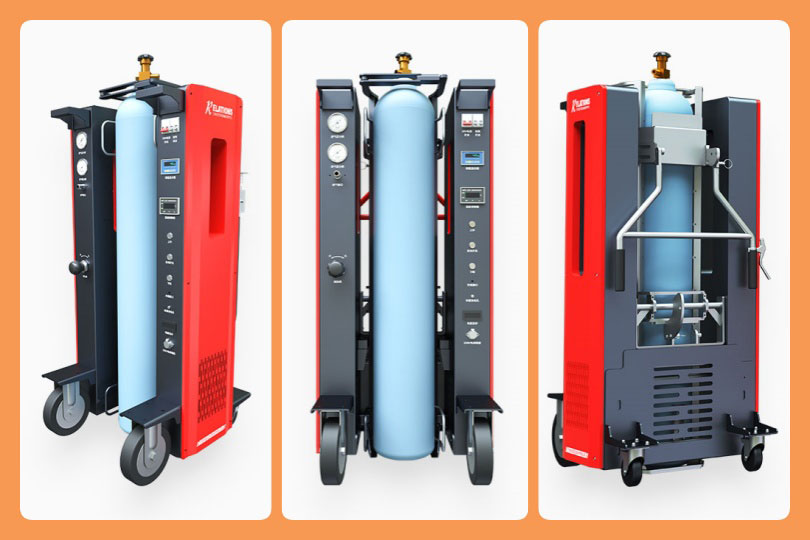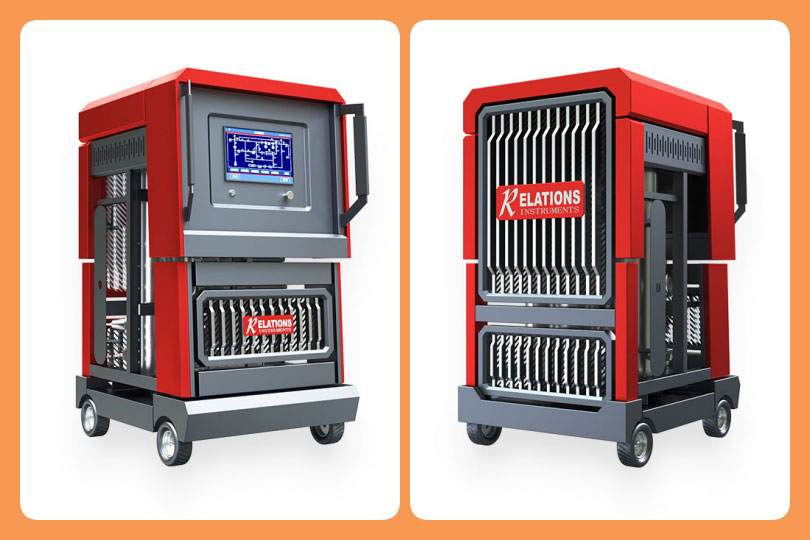0.1ppm Infrared SF6/N2 Leak Detector for GIS Maintenance
Date
2025-11-13
[email protected]
Website
www.sf6gasdetector.com
Get Solutions And Quotes
0.1ppm Infrared SF6/N2 Leak Detector for GIS Maintenance
As electrical utilities evolve to meet the demands of a sustainable energy future, the maintenance and management of sulfur hexafluoride (SF6) in gas-insulated switchgear (GIS) systems have become critical. SF6 is an efficient insulating gas known for its exceptional dielectric properties, but it also poses significant environmental risks due to its greenhouse gas potential. Thus, employing a 0.1ppm infrared SF6/N2 leak detector has emerged as a crucial solution for effective GIS maintenance. This article explores the significance, functionality, and advantages of utilizing such advanced leak detection technology.
Understanding SF6 and Its Environmental Challenges
What is SF6?
Sulfur hexafluoride (SF6) is a synthetic gas widely used in high-voltage electrical equipment, particularly in GIS. Its high dielectric strength allows for the occurrence of compact designs that minimize space and material use while maximizing performance. However, SF6 also has a global warming potential 23,500 times that of carbon dioxide, making its leakage and improper handling a major environmental concern.
Environmental Regulations
As the urgency to combat climate change grows, countries and regions around the world—including the European Union—are implementing stringent regulations to limit SF6 emissions. The EU’s F-Gas Regulation mandates that utilities carefully monitor and manage their SF6 usage, driving the need for reliable leak detection technologies.
The Importance of Leak Detection in GIS Maintenance
Why Detect Leaks?
Leaks in GIS can lead to significant environmental impacts and financial losses due to SF6 being costly to replace. Additionally, undetected leaks can compromise the insulating properties of the equipment, increasing the risk of equipment failures and outages. Therefore, the timely identification and mitigation of leaks are essential for maintaining operational efficiency and environmental compliance.
The Role of 0.1ppm Infrared Leak Detectors
What is a 0.1ppm Infrared Leak Detector?
A 0.1ppm infrared SF6/N2 leak detector is a specialized device that detects the concentration of SF6 in the air down to 0.1 parts per million (ppm). Using infrared technology, these detectors are designed to identify even the smallest leaks, ensuring that any potential issues can be addressed promptly.
Key Features and Functionality
- High Sensitivity: The ability to detect SF6 concentrations as low as 0.1ppm enables early identification of potential leaks. This sensitivity is crucial for ensuring that even minor leaks are managed effectively to minimize environmental impact.
- Infrared Technology: The infrared detection method allows for non-invasive and accurate measurements. SF6 molecules absorb infrared light at specific wavelengths, making this method reliable for gas identification.
- Real-Time Monitoring: Many modern detectors offer real-time monitoring capabilities, allowing maintenance personnel to observe gas concentrations continuously. This functionality helps maintain safe operational levels in GIS equipment.
- User-Friendly Interface: Most 0.1ppm infrared detectors are designed with intuitive interfaces, making them easy to operate during maintenance checks. Operators can quickly assess readings without extensive training.
- Portability: Lightweight and portable models make it easier for maintenance teams to carry and use the detector in various locations, enhancing operational flexibility.
Benefits of Using the 0.1ppm Infrared SF6/N2 Leak Detector
1. Enhanced Environmental Protection
By accurately detecting and managing SF6 leaks, utilities can significantly reduce their carbon footprint. Early detection allows for immediate corrective action, making it easier to comply with environmental regulations.
2. Operational Reliability
Using advanced leak detection technology extends the lifespan of GIS equipment by preventing the impact of undetected leaks. Maintaining proper SF6 levels ensures that the insulating properties of the equipment remain intact, minimizing the risk of failures.
3. Cost Efficiency
While investing in high-quality leak detection technology requires an upfront cost, the long-term savings are significant. Effective leak management reduces the expenses associated with SF6 replacement, maintenance repairs, and potential fines from regulatory bodies.
4. Improved Compliance with Regulations
With the tightening of regulations around F-Gases, having a reliable leak detection system in place helps utilities meet compliance requirements. This not only avoids penalties but also enhances the organization’s reputation by demonstrating a commitment to environmental stewardship.
5. Safety Assurance
Maintaining appropriate SF6 levels in GIS enhances the safety of personnel and equipment. Early leak detection prevents hazardous situations that could arise from equipment failures, ensuring a safer working environment.
Implementation Considerations
1. Training and Familiarization
While 0.1ppm infrared SF6/N2 leak detectors are designed to be user-friendly, proper training on their use is essential. Staff should be familiar with operating procedures and how to interpret the readings to maximize the benefits of the technology.
2. Routine Maintenance and Calibration
To ensure accuracy, regular maintenance and calibration of the leak detectors are necessary. Establishing a routine maintenance plan helps ensure consistent performance and reliability.
3. Integration with Existing Systems
Consider how the SF6/N2 leak detection system will integrate with existing GIS maintenance protocols. Incorporating the 0.1ppm infrared detector into regular maintenance schedules enhances overall effectiveness.
4. Vendor Support and Warranty
When selecting a SF6/N2 leak detection system, consider the level of support offered by the vendor. Reliable customer service, warranty options, and technical support can significantly impact the success of your leak detection efforts.
The use of a 0.1ppm infrared SF6/N2 leak detector represents a significant advancement in GIS maintenance practices. By providing high sensitivity and real-time monitoring capabilities, these devices enable utilities to detect and manage SF6 leaks effectively, reducing environmental impact and enhancing operational efficiency. As regulations surrounding greenhouse gas emissions become increasingly stringent, investing in reliable leak detection technology is not merely a choice; it is a necessity for responsible energy management. Embracing sophisticated tools like infrared leak detectors reinforces a utility’s commitment to sustainability while ensuring the reliability and safety of its electrical infrastructure. As the energy sector continues to innovate, integrating advanced leak detection solutions will be paramount in achieving a sustainable and resilient energy future.

